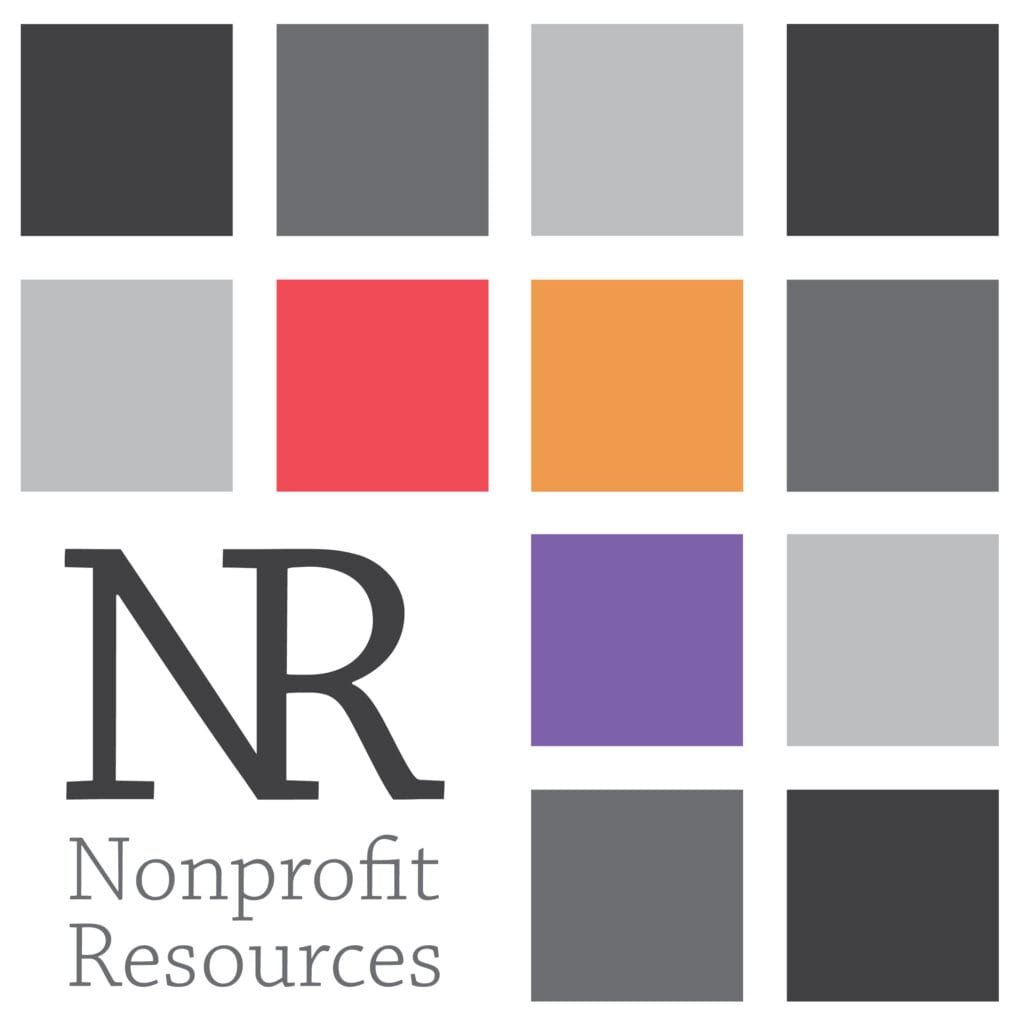Evaluation
Do you subscribe to a newsletter? And, perhaps more importantly, do you actually read the newsletter?
The statistics on newsletters are staggering. MailChimp, an email marketing platform, collected data across nearly fifty industries and several billion emails. The average open rate of emails from nonprofits is 25.17%. The average click rate – the percentage of users that clicked a hyperlink in the newsletter – is 2.79%.
The most surprising statistic of all? Newsletters still work.
Think about it this way: Campaign Monitor, a different email marketing platform, sent over 100 billion emails in 2021. Emails are an integral part of our lives. There are over 347 billion emails sent daily. With so many emails being sent and received by members of your target audience, it is critical that you plan your newsletter strategy accordingly. Newsletters can be profitable; the average Return on Investment (ROI) for email marketing is $36 for each $1 spent (Hubspot). There are a few ways you can make your newsletters more appealing, increasing your chances of making a profit, gaining new business, and cementing current relationships.
Subject Lines
Your subject line is the first thing your subscribers will see. Altering your subject line in a few simple ways can drastically improve your organization’s email open rates:
• Make it Short: Keep your subject line under 60 words.
• Personalize: Subscribers are more likely to open your newsletter if their name is in the subject line.
• Break the Mold: Try using something besides “June Newsletter” and utilize your newsletter’s content. Do you have a leading story or blog post? Is there a special event you are highlighting? Get creative and add unique information in your subject line to make your email stand out.
Identify Your Audience
Knowing your audience is the first step when drafting your newsletter. Are you emailing prospective clients or current clients? Current clients are going to be less interested in your recruitment efforts to get new clients.
You can segment your audience into different demographic groups and cater your newsletter to their interests. Measure your statistics after segmenting to see if your strategy is working as intended – and don’t be afraid to re-evaluate and adapt (MailChimp).
Make it Worth Reading
What do you put in a newsletter? Are you sending client updates? Are you highlighting your latest achievements? Are you using it as a pseudo-portfolio?
Before you write your content, you must know your audience. Who your recipients are should guide the way you craft your newsletter.
Consider the industry your company serves. If you are in the technology market, your newsletter could offer comments on tech trends, how your company is adapting, and your efforts to stay ahead of the curve. For a nonprofit, you could focus on your community work, seek volunteers for upcoming events, or discuss challenges you face and how you overcome them.
Improve your open rates by including relevant links and leading your audience to open them. Avoid the pitfall phrase “click here” and instead reword the link to tell your viewers exactly where it will lead.
Don’t: Click here to view Nonprofit Resources’ Services page!
Do: At Nonprofit Resources, we assist our clients with a multitude of services, such as event planning, marketing, and human resources.
The most important thing to do when writing a newsletter is to make it speak to your brand. Your brand is your people, services, and the message you hope to send.
Here are some examples of types of content to share with different audiences:
Prospective Clients:
• Infographics
• Video Content
• Case Studies
• Industry Statistics
Current Clients:
• Product Updates
• Industry News
• Blog Posts
Timeline
Think about what content you currently have and what you anticipate having in the future. Avoid sending your newsletter too frequently if you do not have the content to keep it interesting. If your newsletter contains fluff or duplicate stories, your audience may stop reading and could miss relevant updates down the road.
Research has shown the most effective days and times to send email marketing materials are Tuesday and Thursday between regular business hours of 9:00 AM to 5:00 PM EST (Wordstream, Campaign Monitor).
Watch your Stats
Not everyone is going to read your newsletter. Your goal is to make sure that those who do open it read and interact with your content.
Pay attention to your open rates: try variations of subject lines, content matter, and audience segmentation. See what works and where you are lacking. Be adaptable. Do your research. And, above all, adhere to your brand.
Sources:
https://mailchimp.com/resources/email-marketing-benchmarks/
https://mailchimp.com/marketing-glossary/#click-through-rate-ctr-
https://www.campaignmonitor.com/resources/guides/email-marketing-benchmarks/
https://www.statista.com/statistics/456500/daily-number-of-e-mails-worldwide/
https://blog.hubspot.com/marketing/email-marketing-stats#highlight
https://www.storydoc.com/blog/email-marketing-statistics
https://www.linkedin.com/pulse/email-newsletters-dead-paula-pollock/
https://www.wordstream.com/blog/ws/best-time-to-send-email-campaign
https://www.campaignmonitor.com/resources/knowledge-base/how-often-should-you-send-out-a-newsletter/



0 Comments